If you notice a leak under your kitchen sink, it could be a sign that your supply line needs to be replaced. The supply line is the pipe that connects your kitchen sink to the main water supply. Over time, it can become worn out and develop leaks, causing potential damage to your kitchen cabinets and floors. But don't worry, replacing a kitchen sink supply line is a task that you can easily do yourself with the right tools and knowledge. In this article, we will guide you through the steps of replacing a kitchen sink supply line to keep your kitchen functioning smoothly.How to Replace a Kitchen Sink Supply Line
Before we dive into the steps of replacing a kitchen sink supply line, it's important to understand the type of supply line you need. There are two main types: flexible and rigid. Flexible supply lines are made of braided stainless steel and are easier to work with, while rigid supply lines are made of copper or plastic and are more difficult to install. It's recommended to use a flexible supply line for easier installation and maintenance.How to Replace a Kitchen Sink Water Supply Line
Now, let's get into the steps of replacing a kitchen sink supply line: Step 1: Shut off the Water Supply The first thing you need to do is shut off the water supply to your kitchen sink. This can usually be done by turning off the valve under the sink or by shutting off the main water valve to your house. Make sure to test that the water supply is completely shut off by turning on the kitchen faucet. Step 2: Remove the Old Supply Line Next, you'll need to remove the old supply line. Use a wrench to loosen the nut connecting the supply line to the shut-off valve and the nut connecting it to the bottom of your kitchen faucet. You may need to use pliers to fully remove the nuts. Once the old supply line is removed, make sure to clean any debris or residue from the connections. Step 3: Measure and Cut the New Supply Line Now it's time to measure and cut the new supply line to fit the distance between the shut-off valve and the kitchen faucet. Remember to leave a little extra length for maneuvering and connecting the line to the fittings. It's always better to have a little extra length than not enough. Step 4: Install the New Supply Line Once you have the new supply line cut to the correct length, it's time to install it. Begin by attaching the line to the shut-off valve and tightening the nut with a wrench. Then, attach the other end to the bottom of the kitchen faucet and tighten the nut. Make sure the connections are secure to avoid any leaks. Step 5: Turn on the Water Supply After you've installed the new supply line, turn on the water supply and test the kitchen faucet for any leaks. If you notice any leaks, tighten the connections with a wrench. If there are no leaks, then you've successfully replaced your kitchen sink supply line.Replacing a Kitchen Sink Supply Line: Step-by-Step Guide
Replacing a kitchen sink supply line is a task that you can easily do yourself, saving you time and money from calling a professional plumber. However, it's important to remember to follow safety precautions and turn off the water supply before beginning the replacement process.DIY: Replacing a Kitchen Sink Supply Line
While replacing a kitchen sink supply line may seem like a simple task, there are some common mistakes that can lead to bigger problems. Here are a few mistakes to avoid when replacing a kitchen sink supply line: Not turning off the water supply It's important to always turn off the water supply before attempting to replace a kitchen sink supply line. Failure to do so can result in a flooded kitchen and potential damage to your home. Using the wrong type of supply line Make sure to use a flexible supply line for easier installation and maintenance. Using a rigid supply line can make the replacement process more difficult and increase the chances of leaks. Not tightening the connections enough Make sure to tighten the connections of the supply line with a wrench to ensure there are no leaks. Failure to do so can result in water damage to your kitchen cabinets and floors.Replacing a Kitchen Sink Supply Line: Common Mistakes to Avoid
To successfully replace a kitchen sink supply line, you'll need the following tools and materials: - Wrench - Pliers - Measuring tape - Braided stainless steel supply line - Pipe cutter (if using a rigid supply line)Tools and Materials Needed for Replacing a Kitchen Sink Supply Line
Here are a few tips and tricks to keep in mind when replacing a kitchen sink supply line: Use Teflon tape Before attaching the new supply line, wrap Teflon tape around the threads of the shut-off valve and the kitchen faucet. This will help create a tight seal and prevent leaks. Check for leaks After turning on the water supply, make sure to check for any leaks. If you notice any, tighten the connections with a wrench. Replace both supply lines If one supply line needs to be replaced, it's best to replace both to avoid any future issues.Replacing a Kitchen Sink Supply Line: Tips and Tricks
When it comes to choosing the right supply line for your kitchen sink, it's important to consider the material, length, and type of line. Braided stainless steel supply lines are the most commonly used and are recommended for their durability and flexibility. The length of the supply line will depend on the distance between the shut-off valve and the kitchen faucet. It's always better to have a little extra length than not enough. Lastly, consider using a flexible supply line for easier installation and maintenance.How to Choose the Right Supply Line for Your Kitchen Sink
While replacing a kitchen sink supply line is a task that you can do yourself, there are times when it's best to call a professional plumber. If you encounter any difficulties during the replacement process, or if you are not comfortable with DIY projects, it's best to seek the help of a professional to avoid any potential damage or safety hazards.Replacing a Kitchen Sink Supply Line: When to Call a Professional
If you're a visual learner, check out this step-by-step video tutorial on how to replace a kitchen sink supply line: Insert video tutorial here. In conclusion, replacing a kitchen sink supply line is a task that you can easily do yourself with the right tools and knowledge. Remember to turn off the water supply, choose the right type of supply line, and tighten the connections to avoid any leaks. With these tips and tricks, your kitchen sink will be functioning smoothly in no time.Step-by-Step Video Tutorial: Replacing a Kitchen Sink Supply Line
Why Replacing Your Supply Line to Kitchen Sink is Essential for Your House Design

Protecting Your Home from Costly Water Damage
 Replacing the supply line to your kitchen sink may seem like a simple and insignificant task, but it can actually have a major impact on your house design. The supply line is responsible for delivering clean water to your sink, and if it becomes damaged or outdated, it can cause serious issues. One of the main reasons why it is essential to replace your supply line is to protect your home from costly water damage.
Water damage
is one of the most common and expensive problems that homeowners face. A damaged supply line can lead to leaks, which can cause water to seep into your walls, floors, and cabinets. This can result in mold growth, rotting wood, and even structural damage. Not only is this a safety hazard, but it can also significantly decrease the value and appeal of your home. By
replacing your supply line
in a timely manner, you can prevent these issues and save yourself from expensive repairs in the future.
Replacing the supply line to your kitchen sink may seem like a simple and insignificant task, but it can actually have a major impact on your house design. The supply line is responsible for delivering clean water to your sink, and if it becomes damaged or outdated, it can cause serious issues. One of the main reasons why it is essential to replace your supply line is to protect your home from costly water damage.
Water damage
is one of the most common and expensive problems that homeowners face. A damaged supply line can lead to leaks, which can cause water to seep into your walls, floors, and cabinets. This can result in mold growth, rotting wood, and even structural damage. Not only is this a safety hazard, but it can also significantly decrease the value and appeal of your home. By
replacing your supply line
in a timely manner, you can prevent these issues and save yourself from expensive repairs in the future.
Ensuring Clean and Safe Water
 Another important reason to replace your supply line is to ensure that you have clean and safe water coming into your kitchen. Over time, old supply lines can become corroded, causing rust and other contaminants to enter your water supply. This can not only affect the taste and appearance of your water but can also pose a health risk to you and your family. By
replacing your supply line
, you can ensure that the water you use for cooking, cleaning, and drinking is free from harmful substances.
Another important reason to replace your supply line is to ensure that you have clean and safe water coming into your kitchen. Over time, old supply lines can become corroded, causing rust and other contaminants to enter your water supply. This can not only affect the taste and appearance of your water but can also pose a health risk to you and your family. By
replacing your supply line
, you can ensure that the water you use for cooking, cleaning, and drinking is free from harmful substances.
Improving the Aesthetics of Your Kitchen
 In addition to practical reasons, replacing the supply line to your kitchen sink can also have a positive impact on the overall
design of your house
. Old and outdated supply lines can be an eyesore, especially if they are visible under your sink. By replacing them, you can improve the aesthetics of your kitchen and make it more visually appealing. Additionally, newer supply lines come in a variety of styles and finishes, allowing you to choose one that complements your kitchen's design.
In addition to practical reasons, replacing the supply line to your kitchen sink can also have a positive impact on the overall
design of your house
. Old and outdated supply lines can be an eyesore, especially if they are visible under your sink. By replacing them, you can improve the aesthetics of your kitchen and make it more visually appealing. Additionally, newer supply lines come in a variety of styles and finishes, allowing you to choose one that complements your kitchen's design.
Conclusion
 Overall, replacing the supply line to your kitchen sink is a crucial task for maintaining a functional and visually appealing house design. It not only protects your home from water damage and ensures the safety and cleanliness of your water supply but also improves the overall look of your kitchen. So, if you notice any signs of wear and tear or if your supply line is over 10 years old, it's time to consider
replacing it
to avoid any potential problems in the future.
Overall, replacing the supply line to your kitchen sink is a crucial task for maintaining a functional and visually appealing house design. It not only protects your home from water damage and ensures the safety and cleanliness of your water supply but also improves the overall look of your kitchen. So, if you notice any signs of wear and tear or if your supply line is over 10 years old, it's time to consider
replacing it
to avoid any potential problems in the future.








:no_upscale()/cdn.vox-cdn.com/uploads/chorus_asset/file/19495086/drain_0.jpg)


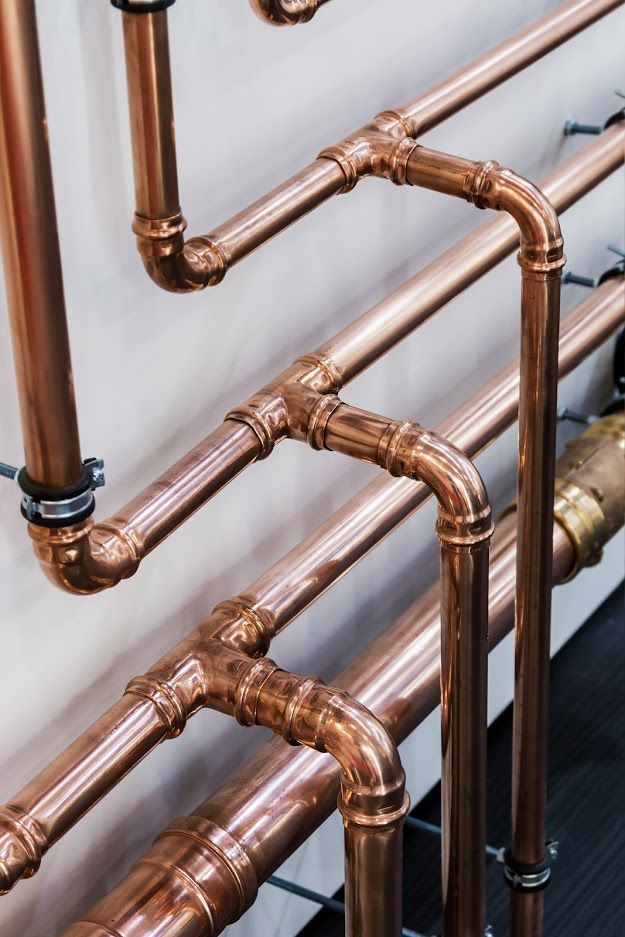
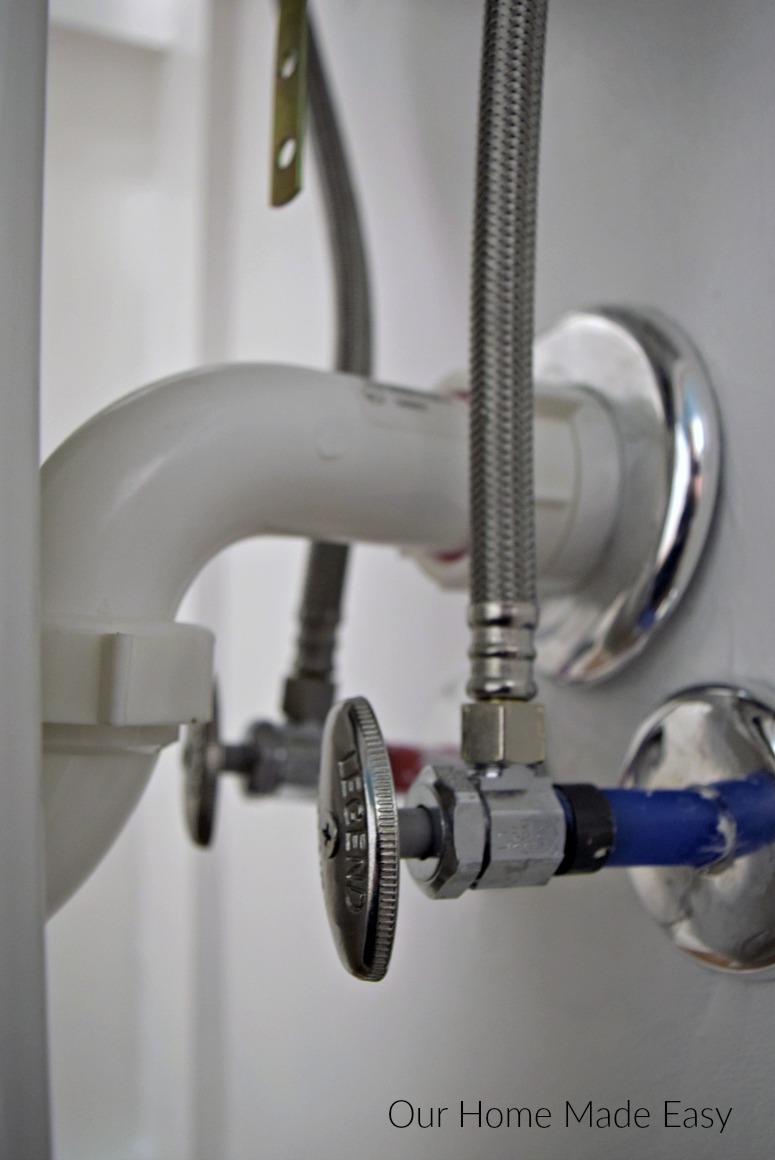



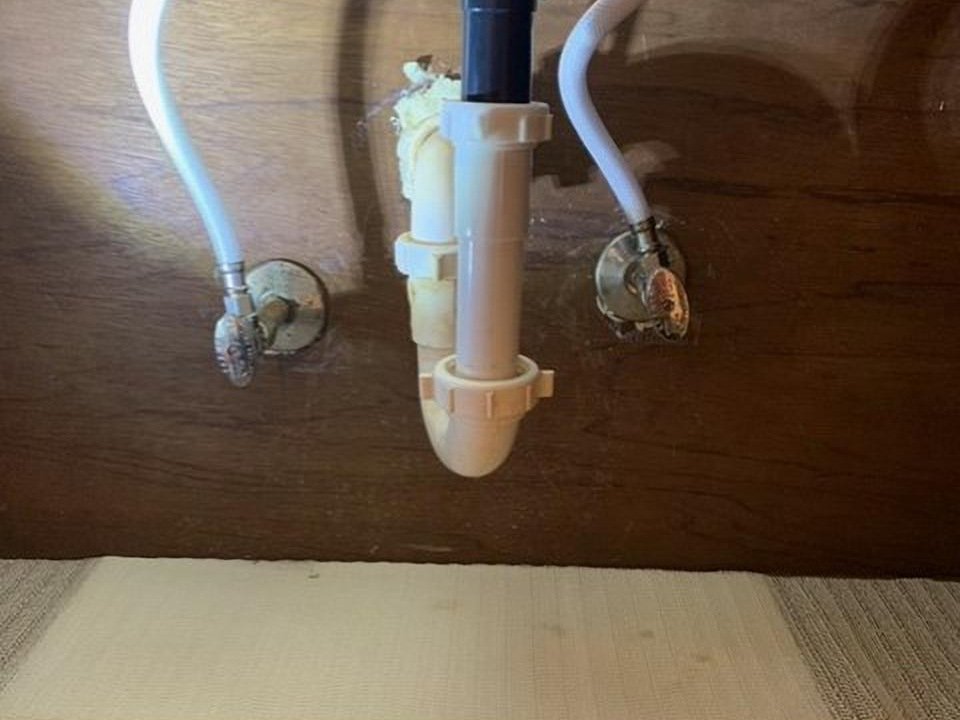


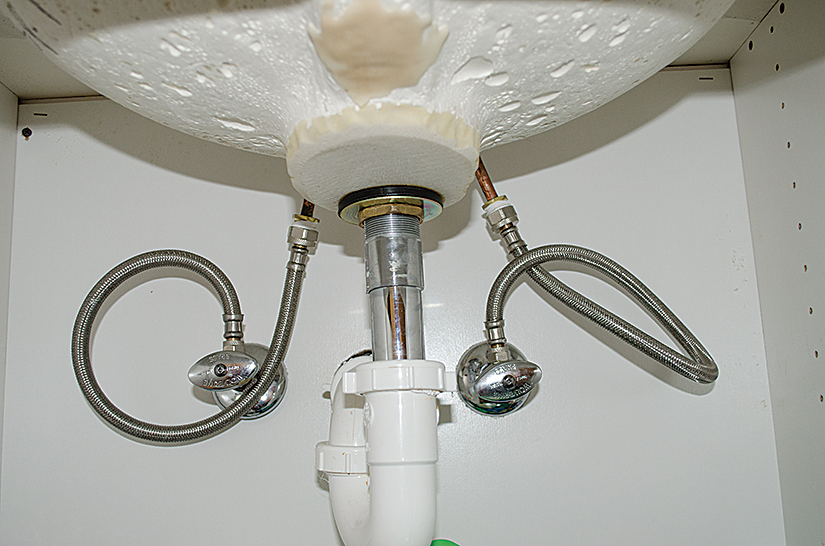
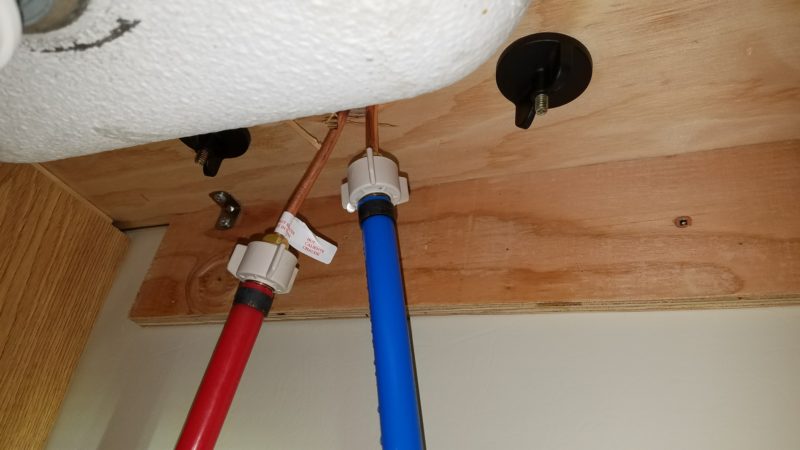















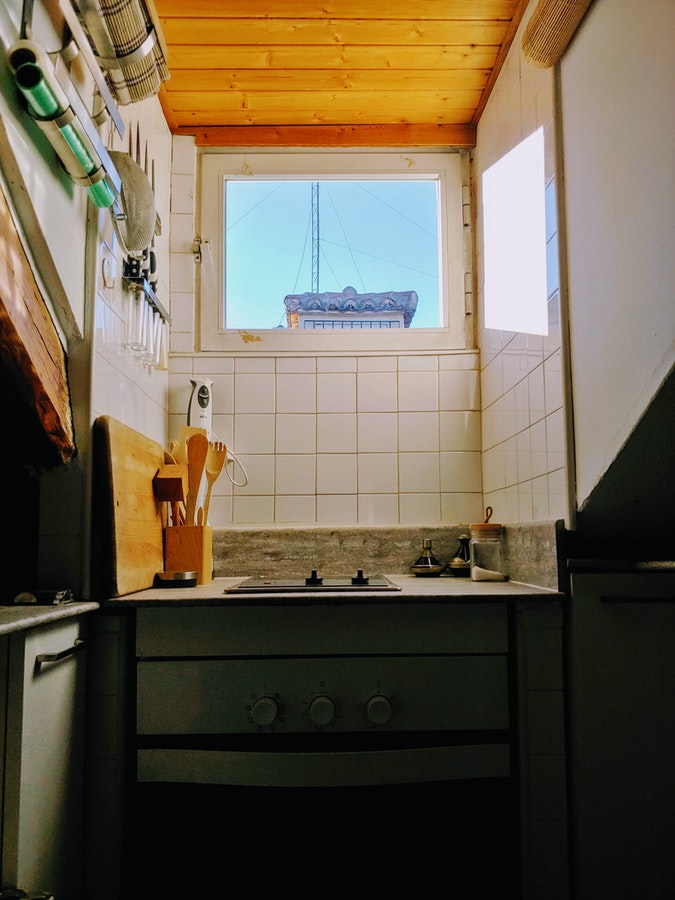











:max_bytes(150000):strip_icc()/Basic-kitchen-sink-types-1821207_color_rev-0b539306b9ef4236a136624ad2a89a4c.jpg)










:max_bytes(150000):strip_icc()/5E8A8878FINALaltcrop-29762038fe4c4a0b9b25422f19b55d8b.jpg)





